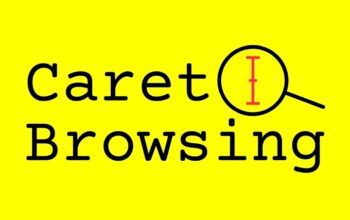This criterion is also considered when auditing the site for technical optimization. In addition to the site map for search engines, it is necessary to add additional attributes to the site structure, which would be understandable to robots and users. The structure shows the hierarchy of pages and their relationship. A well-thought-out structure allows users to easily navigate between pages and quickly find content while search engines understand them better and index them more fully. In addition, a competent structure makes it easy to add new elements.
For SEO, the right structure is important, first of all, from several angles:
- influence on the behavioural reactions of users (the time spent on the site and the depth of page browsing);
- simplicity and accuracy of indexing;
- better interaction of search engines with the site and its understanding;
- elimination of errors affecting the ranking;
- additional links in search results.
To correctly build a structure, you need to understand what you should pay attention to in the first place.
“Bread Crumbs” (Bread Crumbs)
This tool shows the navigation path from the main page to the one the user is viewing. Thus, you can collect information about the most frequently visited pages and the path to them to add internal links. This helps users and crawlers find the pages they need faster.
Breadcrumbs help improve usability and make the layout of pages more understandable for users and participate in linking and link weight distribution.
For the crumbs to work correctly, certain requirements must be met.
- All intermediate pages should have “breadcrumbs.”
- The current page, which is the last one to appear in the navigation path, must not contain a link to itself.
- In order for the entire chain to be displayed on the search page, crumbs markup is required, which is done using HTML tags. They give information to search engines about the type of content.
URL Structure. Proper Link Building
The URL is always displayed in the search result, and for the system, this indicator is important from the standpoint of quickly evaluating the page’s content. The URL looks more attractive and clickable when it does not consist of an abstract set of numbers and letters but has descriptive categories that make searching for the desired content convenient.
Even though search engines can recognize any URL, it is better not to be lazy and compose them correctly, according to all optimization criteria.
- Keywords in the URL help improve rankings.
- It is better to avoid using a hash in the URL since such page addresses are most often not indexed.
- Use hyphens to separate words – this will tell the search engine these are separate words. Such addresses are better perceived and ranked.
- Short URLs are preferable because the system determines its content faster and more accurately.
- The clickability of a URL depends on its accessibility for users to understand. They follow links much better when they can read where they lead.
- Compose URLs in lowercase letters only to avoid confusion in search engines.
Thus, short and understandable addresses will help improve ranking and change the site’s position in search results.
Internal Linking
Internal linking is the linking of pages to each other by creating hyperlinks to related pages of the site being optimized. With the help of linking, the weight from the pages is distributed throughout the site. This technique allows you to raise the resource in the ranking for low-frequency queries and increase the number of transitions within the site.
Internal linking is extremely useful for optimization because it allows users to quickly and conveniently navigate within the resource and helps robots recognize the most relevant pages.
Also Read: Site Content Optimization








